RoHS Temporary Exemptions: For Transition and Innovation
A leading example of this new ethos is the European Union’s Restriction of Hazardous Substances (RoHS) Directive, which restricts the use of 10 substances (lead, mercury, cadmium, hexavalent chromium, polybrominated biphenyl, polybrominated diphenyl ethers, Bis (2-ethylhexyl) phthalate (DEHP), butyl benzyl phthalate (BBP), dibutyl phthalate (DBP) and diisobutyl phthalate (DIBP) in the production of Electrical equipment and Electronics (EEE) at the homogenous level.
RoHS was conceived in 2003, and, through several iterations meant to fortify its position as an industry game changer, it has spurred nations across the globe to create their own versions of this landmark legislation.
The Value of Transition Time
One of the challenges to making RoHS fair for manufacturers and importers within the EU is establishing enough transition time for companies to assess their product makeup and integrate alternatives, because the EEE industry has traditionally contained a heavy amount of the substances restricted under this directive.
In some extreme cases, temporary RoHS exemptions have been made based on the unique nature of the product, when a suitable alternative has yet to be found. A notable example is the medical industry’s use of lead as a vacuum tight connection between steel and aluminum in X-Ray image intensifiers.
The original RoHS directive included 36 exemptions. RoHS 2, along with updates to documentation and labelling requirements, added new exemptions. The list has since exceeded 300 entries. The exemptions are included in Annex III and IV of the RoHS 2 directive. ( A complete list of exemptions can be found here.)
Exemptions for Innovation
An example of an exemption established in 2011 for the benefit of innovation was allowing the use of cadmium in colour converting light-emitting diodes (LEDs) for use in display systems (Annex III no. 39)
It was considered to be an improvement on energy consumption compared to existing technologies and, as stated in the amendment: “The total negative environmental, health and consumer safety impacts caused by substitution of cadmium-based quantum dots in display applications where quantum dots are used are likely to outweigh the total environmental, health and consumer safety benefits thereof.” (Exemption renewal was requested in 2018.)
Expiration Dates Spur Industry Evolution
All exemptions are marked with an expiration date and reviewed at least every four years. During the established exemption periods, industry experts are required to test potential replacement substances.
If a suitable replacement hasn’t been discovered by the expiration date, an extension can be applied for. If the extension is rejected, there will be a 12 to 18 month grace period before the substance use in question is considered non-compliant.
RoHS Restrictions Altering Production Methods
One of the biggest shakeups to the status quo is how RoHS has affected the ubiquitous use of lead soldering found in products like circuit boards, cable wires, lighting fixtures, etc..
Because finding alternatives to lead soldering would mean drastically altering production techniques--alternative materials generally require much higher temperatures for secure connection--a good many of the RoHS exemptions focused on this aspect of EEE production.
However, within RoHS categories such as large and small appliances, computing devices and cameras, most of these exemptions have expired or are approaching their terminus. Most exemption extensions now are focused on medical equipment and monitoring equipment.
What Do RoHS and Its Exemptions Mean For Your Business?
For a business pursuing RoHS compliance, it is all too easy to get lost in the legalese and lose track of exemption deadlines. It is not uncommon for a RoHS requirement or compatibility update to be missed, forgotten about or blatantly ignored, somewhere along the supply chain. Any of these failings can cause irrecoverable damage to your market value and brand reputation.
QIMA's Quality Assurance guidance and RoHS compliance testing can mean the difference between your product reaching the most viable markets in the world and owning piles of non-compliant product that will never see the light of day.
Easily Schedule Your RoHS Compliance Tests Online.
Our online platform and mobile application make it easy for you to schedule RoHS Compliance tests and receive your results at any time. Book new tests, view pending orders, and access results from your mobile device. Our online platform provides valuable supply chain insights, including a summary of your QC activity, all of your supplier’s quality stats, industry benchmarking data, and more.
Get Started: Login or create your account
Thông tin chi tiết về chuỗi cung ứng














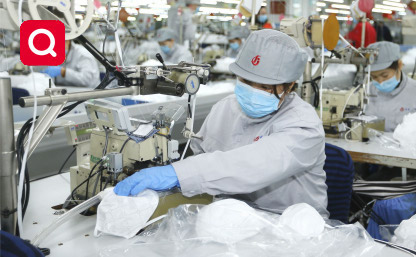

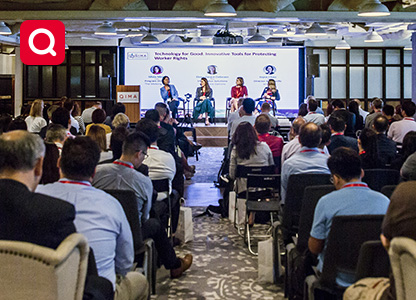

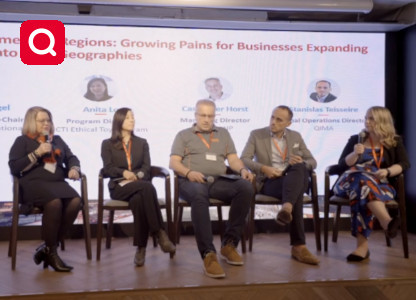


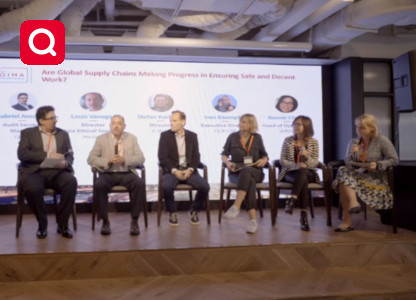
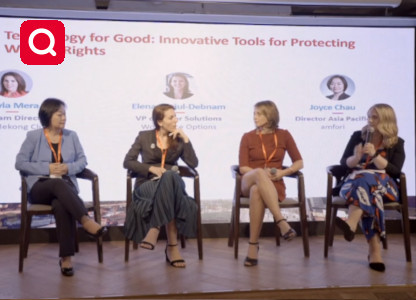
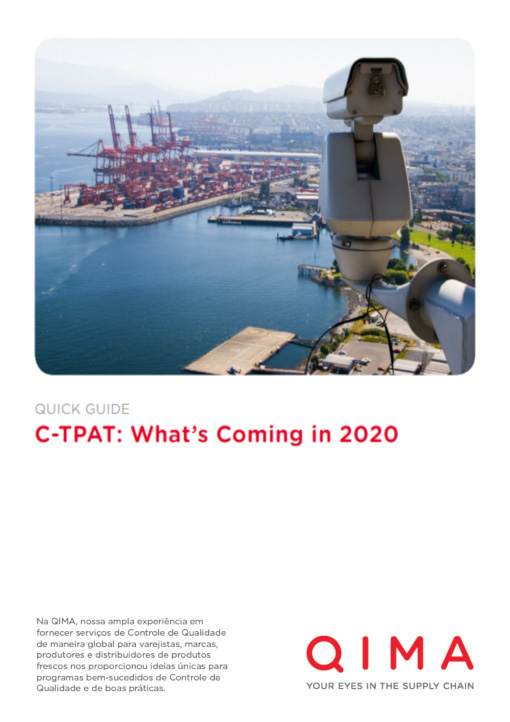


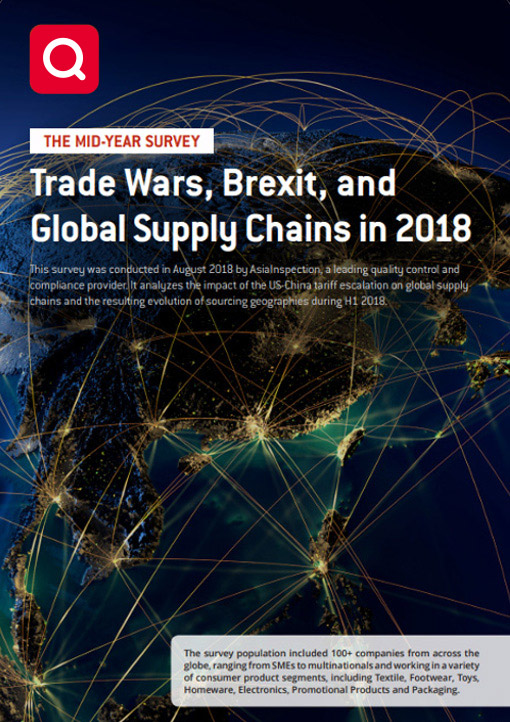
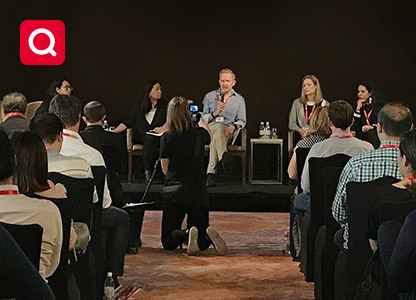

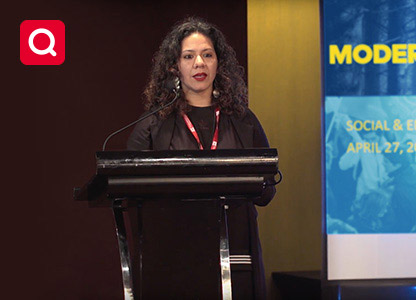






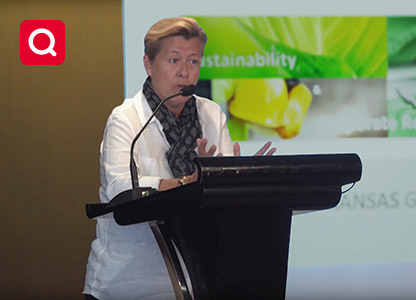

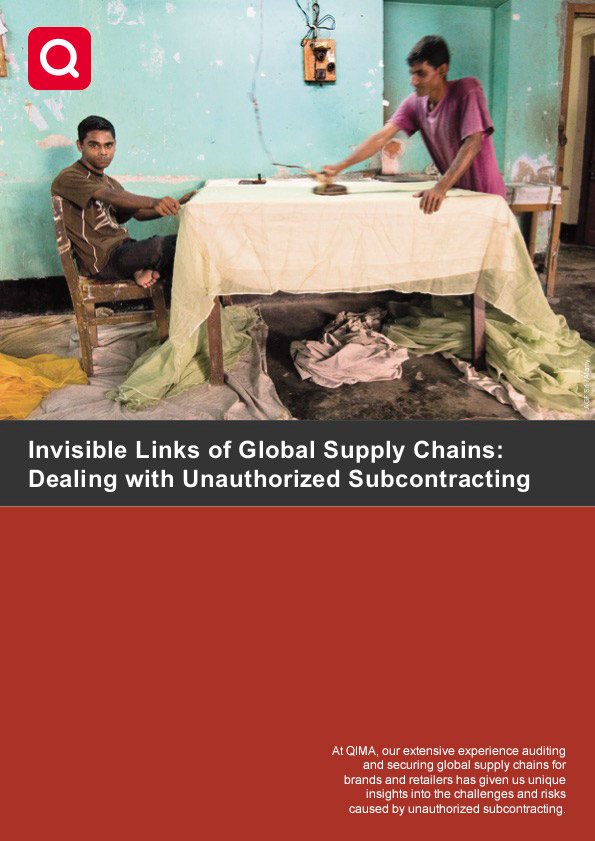
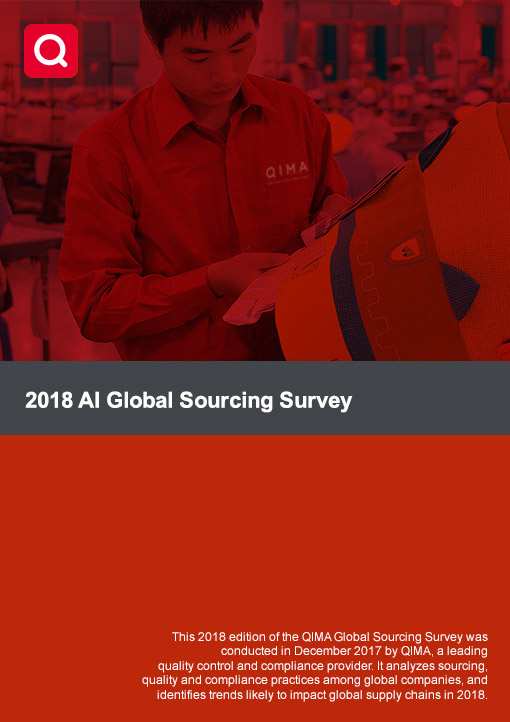
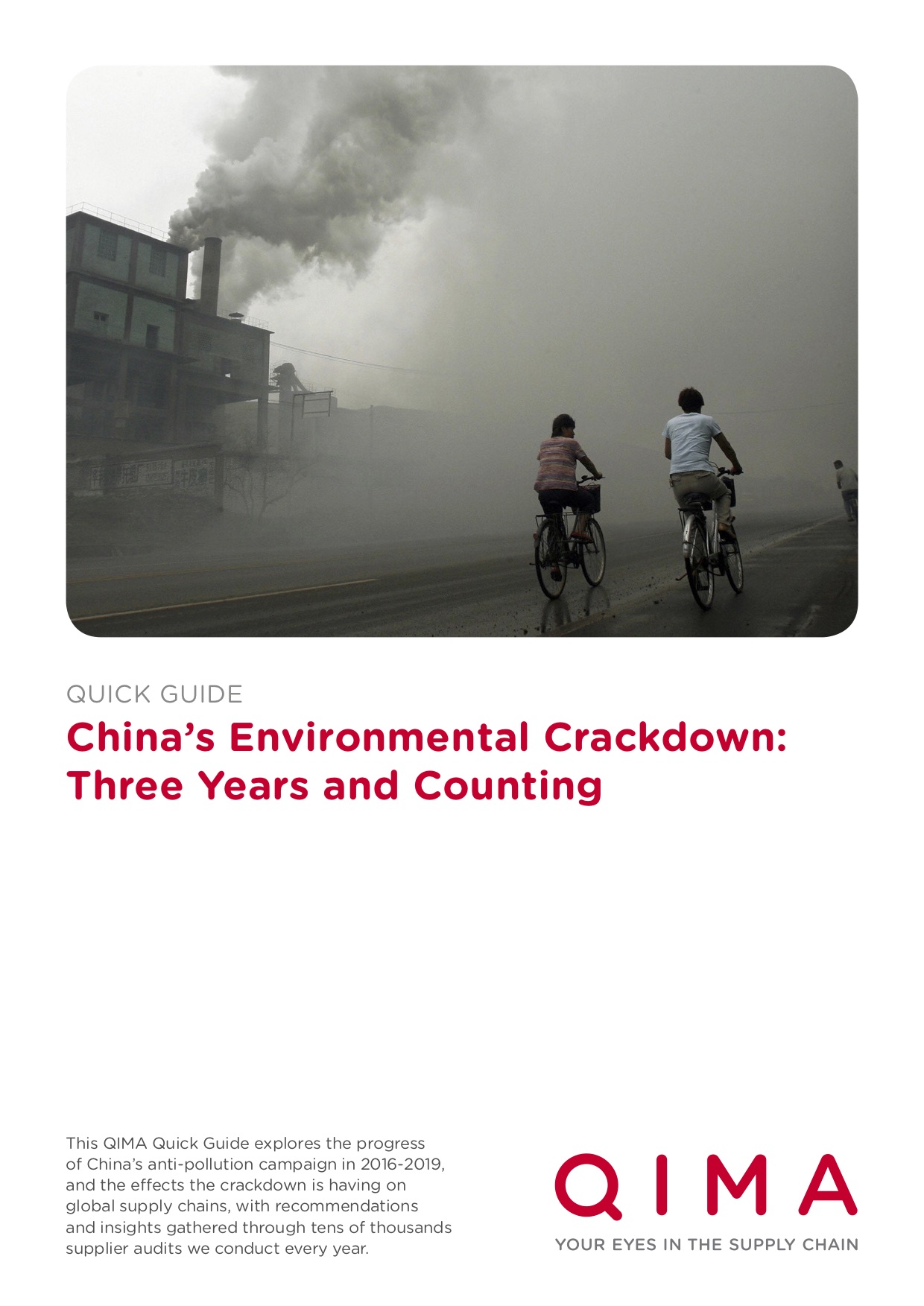

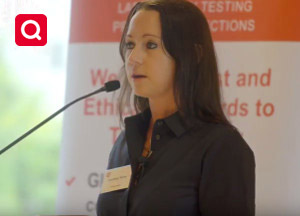
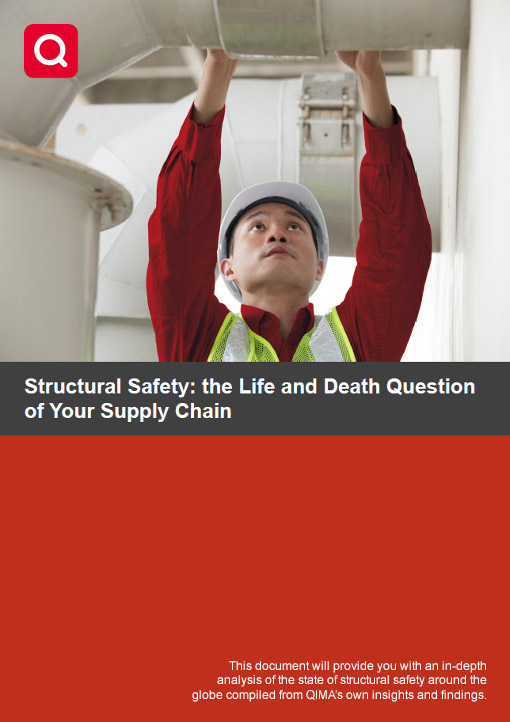
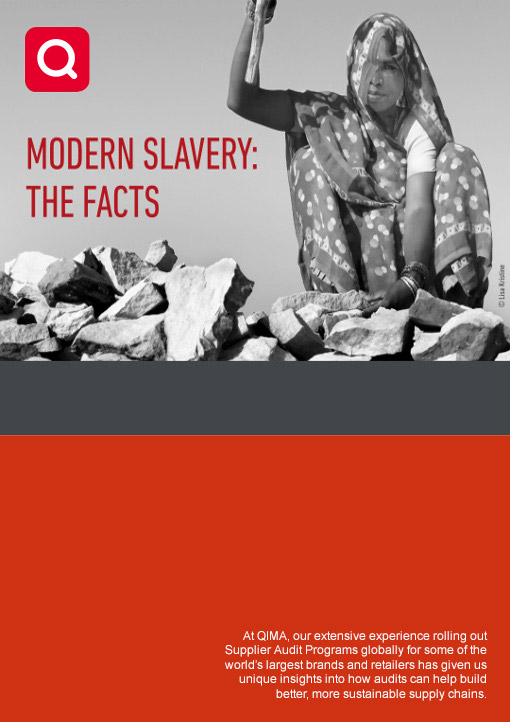

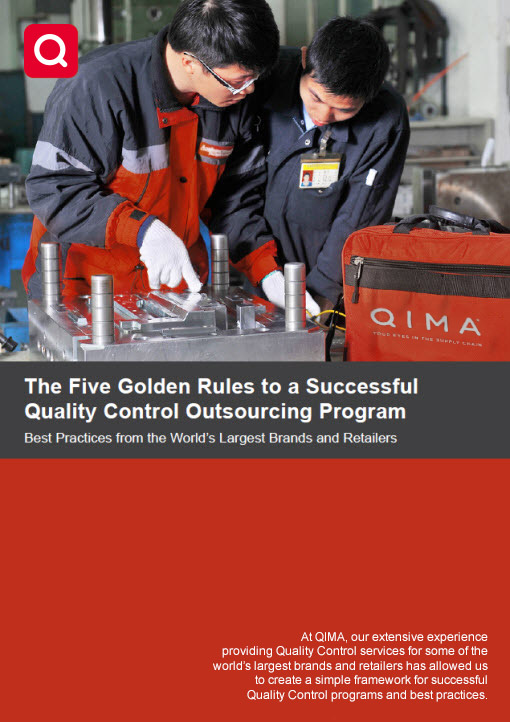
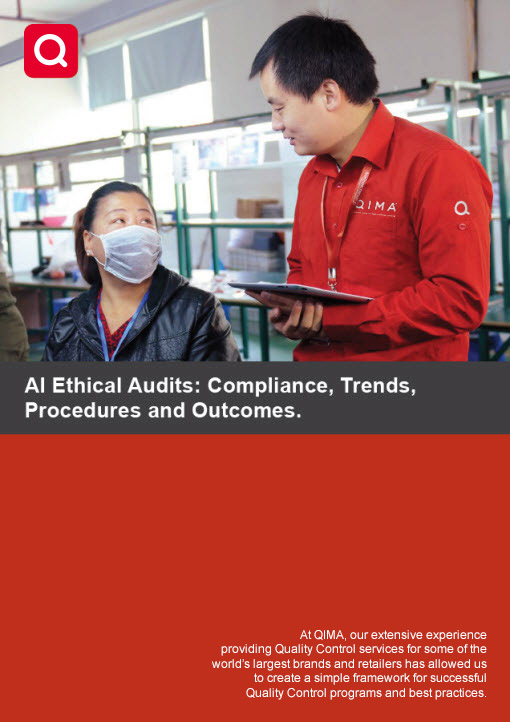
 Xem Demo
Xem Demo
